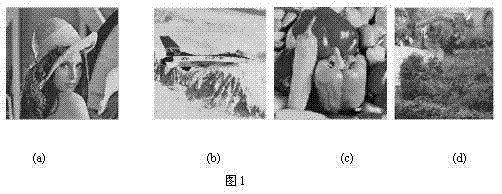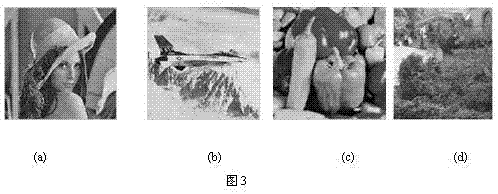Dual-color image blind watermarking method based on QR decomposition and compensation
A dual-color image, QR decomposition technology, applied in the field of information security
- Summary
- Abstract
- Description
- Claims
- Application Information
AI Technical Summary
Problems solved by technology
Method used
Image
Examples
Embodiment Construction
[0054] Step 1: Preprocessing of the color watermark image: Divide a 24-bit original color watermark image W with a size of 32×32 into three watermark components R, G, and B through dimensionality reduction, and divide each watermark component based on The Arnold scrambling transformation of the key Ka; then, each pixel is converted into binary information of 8 bits, and finally combined to form a watermark sequence with a length of 24576 W ;
[0055] Step 2: Block processing of the color host image: in the RGB color space, divide the 512×512 host image H into three layers of R, G, and B images, and divide each layer of images into non-overlapping 4×4 pixels piece;
[0056] The third step: use the MD5 function based on the key Kh to pseudo-randomly select 24576 pixel blocks as the embedding position of the watermark;
[0057] Step 4: Perform QR decomposition on the selected pixel block to obtain its orthogonal matrix Q and upper triangular matrix R;
[0058] Assuming an orig...
PUM
 Login to View More
Login to View More Abstract
Description
Claims
Application Information
 Login to View More
Login to View More - R&D
- Intellectual Property
- Life Sciences
- Materials
- Tech Scout
- Unparalleled Data Quality
- Higher Quality Content
- 60% Fewer Hallucinations
Browse by: Latest US Patents, China's latest patents, Technical Efficacy Thesaurus, Application Domain, Technology Topic, Popular Technical Reports.
© 2025 PatSnap. All rights reserved.Legal|Privacy policy|Modern Slavery Act Transparency Statement|Sitemap|About US| Contact US: help@patsnap.com



